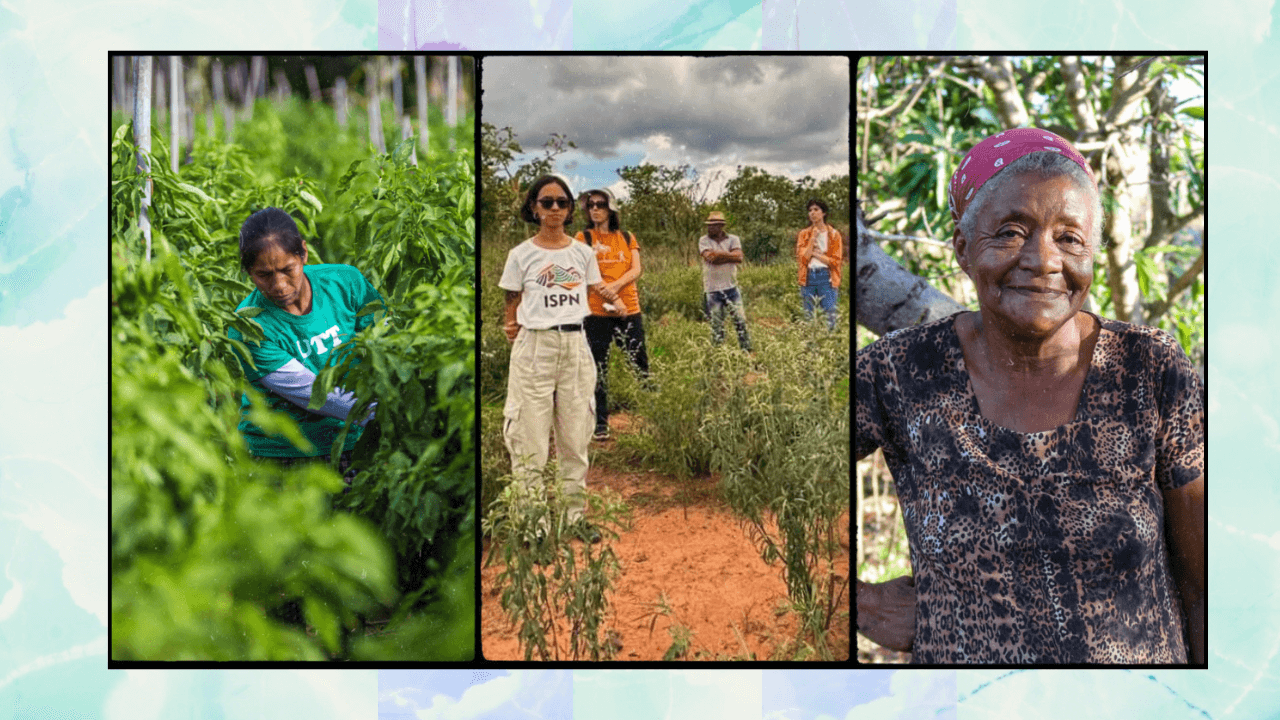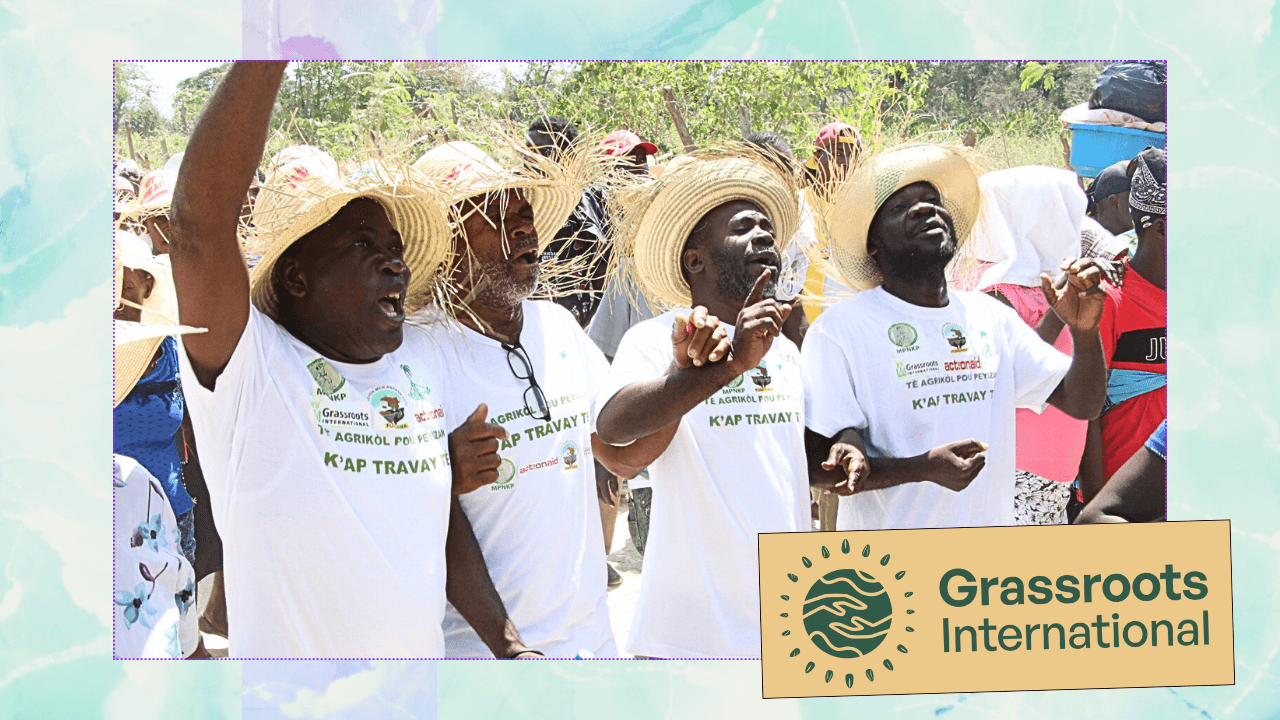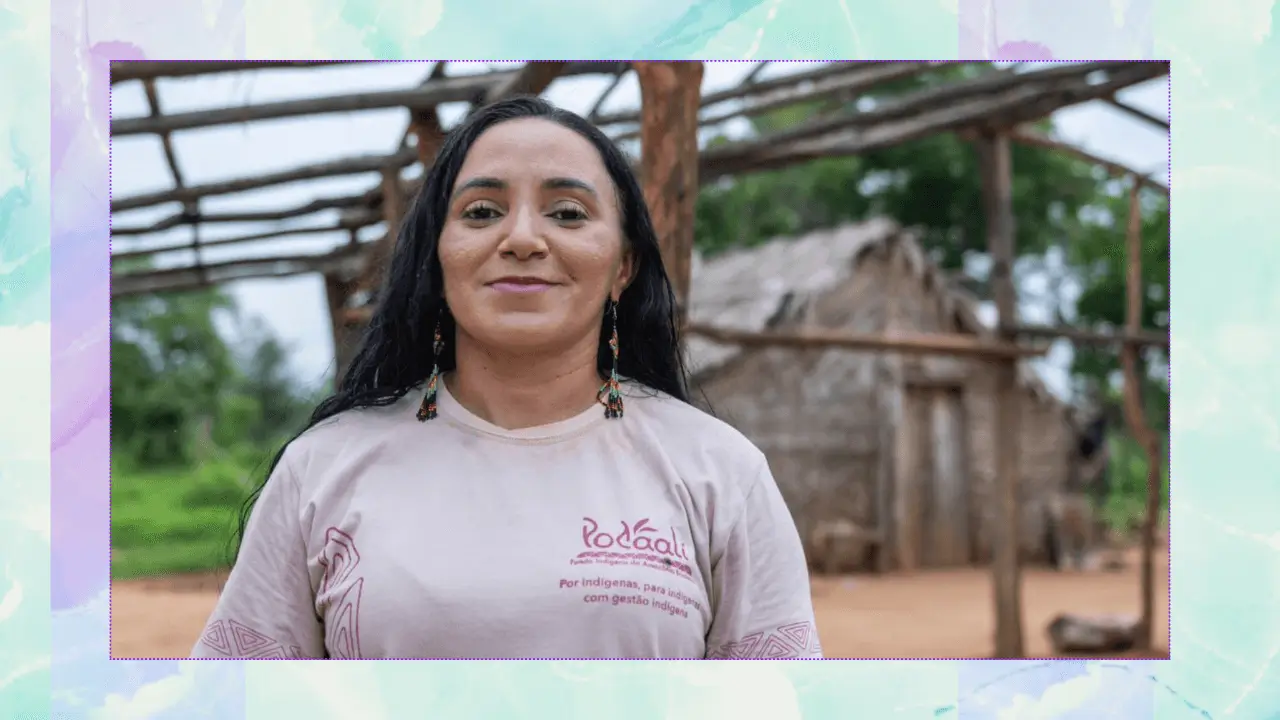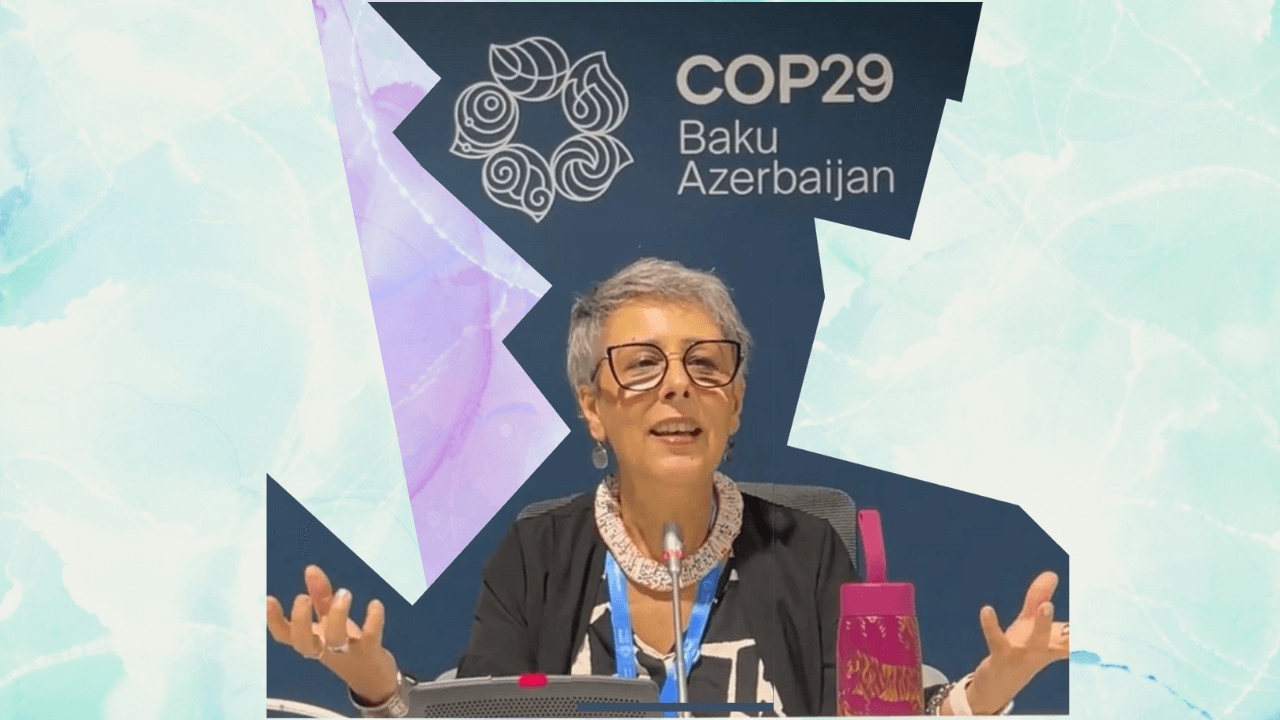The way that funding flows for agroecology doesn’t always match the professed desires of the social movements who defined the field, and the broader food sovereignty movement that encompasses it.
That’s a perspective we heard in several conversations with activists and grassroots leaders associated with the global agroecology and food sovereignty movements. They point to data showing that funding for agroecology, food sovereignty and climate more broadly tends to be top-down, short-term and inflexible.
They make the case that the vision of a world fed through agroecology will depend on a financing apparatus that matches the movement’s micro-regional nature and macroeconomic and geopolitical context.
Because agroecology is more than anything a social movement. Based on ideas that have been around for millennia but defined in the past two decades by a coalition of peasant movements and small-scale food producers, the path to scale agroecological practices looks different than, say, the path to scaling renewable energy infrastructure projects.
Why? Two reasons. First, because agroecology has a human and relational backbone: its spread depends on trust and local leadership. That looks like peer-to-peer education, the creation of alternative schools, and workshops to train farmers by the hundreds in countries where they number in the millions.
Second, because agroecology’s long-term success depends on a fundamental change to global food markets – specifically, a political and economic disinvestment in the dominant model of industrial agriculture.
As agronomist Saolo Araujo puts it: “A small family of farmers can use all of the best agroecological techniques to grow organic carrots. But if agribusiness planes fly overhead and drop pesticides on their farms, all that is for naught.”
These dynamics have made the mechanics of agroecology funding a focus point for advocates – not just how much is given, but how that giving is structured. Critics argue that it is still often funded like a top-down intervention, with dollars flowing through big international NGOs (BINGOs) or arrive on the ground in short-term, restricted grants with strings attached.
So – what is the state of agroecology funding? How flexible and trust-based is it? And how well does it match the needs and demands of the movements it aims to support?
What the data tells us
To start, we know that funding for agroecology is on the rise in absolute terms.
The last decade has seen agroecology move from the fringes of funder conversations. Global funding for agroecology and regenerative agriculture now totals around $44 billion per year (a figure that includes public, private, and philanthropic investment) – up significantly from a decade ago.
So what do we know about the nature of that $44 billion?
Following the money is not simple. There’s no centralized tracking system, and agroecological interventions don’t follow a consistent definition. But we can make some educated guesses, based on the “flavor” of agroecology funding.
First, we know that it is structured along historical lines of international development. Agroecology funding largely flows from Global North donors to Global South and East recipients: for instance, the vast majority of the twenty five funders who pledged to support agroecology and regenerative agriculture at COP 28 were from the United States and Europe.
We know that this kind of North-South funding often comes with inherent power dynamics. Rachel Thomas is Director of Research Initiatives at the Human Rights Funders Network, and an author of the 2023 Trust Gap report, which analyzed the "troubling lack of direct, flexible funding" for human rights work in the Global South and East.
“What our annual research shows is that groups in the Global South have very limited access to funding for human rights work," Thomas says. "99% of the foundation grant funding we map originates from Global North foundations. Just 12% of that funding is actually channeled to groups in the Global South.”
Indeed, a 2020 report on the flow of funding to African agroecology research found that institutions on the subcontinent are the main recipient in just 9% of Gates Foundation-funded and 10% of Swiss-funded projects.
Another way to approach this question is to look at the analogous domain of climate and food security funding.
Many foundations that support agroecology work mention it in the same breath as climate change; for instance, the UN agency IFAD program explicitly links agroecology to their climate change adaptation and mitigation work.
And we know that climate funding has been critiqued for mirroring the same power imbalances. According to a widely-cited report by the International Institute for Environment and Development (IIED), less than 10% of international climate finance reaches local actors directly, with the vast majority flowing through large international agencies and intermediaries.
Another way?
Advocates argue for another way.
In interviews, advocates for local agroecology movements said that more funding show flow directly to local agroecology networks, without strings attached.
"The era of top-down, one-size-fits-all programs is over," says Ritu Bharadwaj of IIED. "We need to shift toward rapid, local experimentation—led by grassroots partners who know what’s working on the ground. That means giving untied grants directly to local people and creating space for peer-to-peer learning. That’s how change actually happens.”
Saolo Araujo, Director of Global Philanthropy at Grassroots International, makes the case that agroecology, more than other fields, demands long-term and trust-based funding.
“It is important to offer long term support," he says. "Agroecology is a testing ground. The farmers start testing agroecology, but they need continued support to make sure that that knowledge can gain ground and that other people actually have access to that information so they can disseminate it and scale it up."
Others argue that trust-based philanthropy will only get the field so far. New kinds of funders need to be at the table – and put in charge of how resources are allocated.
“Despite the good intentions, the international system on its own cannot solve the food security crisis in a manner that is longer term," says Eshban Kwesiga of the Global Fund for Community Foundations. "However, local funders in the agroecology movement are mobilizing local resources and building power from below, outside the gaze of international funders. It’s important to support these local funding systems because they will be what stays in communities long after international funders have left.”
What’s certain is that there’s a need for stronger data on where agroecology funding is – and isn’t – flowing. Tools like the Agroecology Finance Assessment Tool are promising steps, but more is needed to actively map active networks, track implementation and on-the-ground opportunities, and assess alignment with agroecological principles.
Research can play a key role in learning how peer learning and advocacy take root, enable scalable socio- and environmental impact, and where funding can have the greatest impact.
By better understanding these dynamics, funders and practitioners alike can make more informed decisions – grounded in evidence, aligned with agroecological principles, and responsive to the realities on the ground. The goal isn’t just to track where money goes, but to learn what kinds of funding relationships actually support lasting change.

%20(1280%20x%20720%20px)%20(37).png)

%20(1280%20x%20720%20px)%20(44)%20(1).png)
%20(1280%20x%20720%20px)%20(34).webp)





.webp)
.webp)


